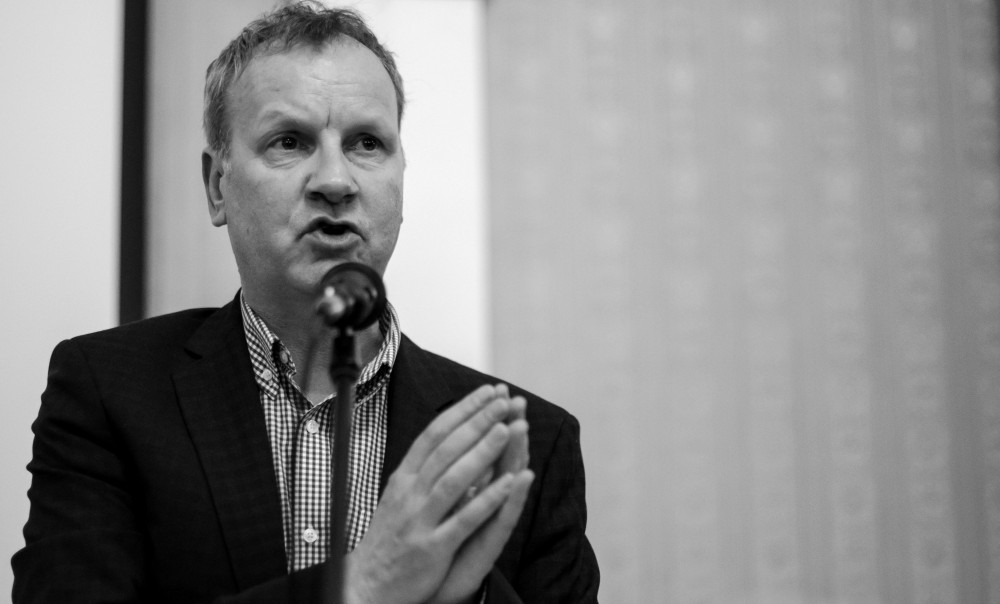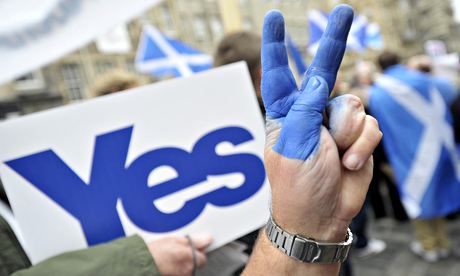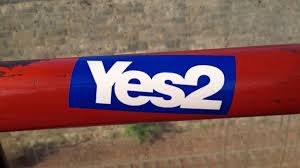If there is one critical difference from the independence referendum of 2014 and the impending second contest, it is in the composition of the forces of Scottish unionism. The Scottish Conservatives are not just the principle political opposition in Scotland, they are now also the de-facto leaders of the case for the union. This elevation changes everything about the next contest and the rules of engagement.

The calamitous near extinction of Labour has, of course, been the main catalyst for this realignment. Scottish Labour continues to reap the bitter harvest of their disastrous dalliance with the Tories in the last referendum and it is hard to see how their situation can be improved as long as they remain defiantly opposed to their former voters on the constitution. Where most of their vote has been lost to the SNP, they are now haemorrhaging votes to the Conservatives. In the Scottish Conservatives, Labour unionists have found a more natural and accommodating home for their support for the UK. When you look at the fall out of the last referendum you can only conclude that Scottish Labour are the biggest, most useful, idiots in Scottish politics and they have been played as prize fools by the Tories.
What happens now though? And is the growing support for the Tories any more than an anti-referendum unionist alliance? Scotland has not, and is unlikely to, become in thrall to a Tory agenda of austerity, tax cuts for the rich and the privatisation of public services. Added to that, the Scots Tories will be called on to do the heavy lifting in the selling of the hardest of hard Brexits to a reluctant Scottish public. The affection of former Labour voters might be sorely tested when they observe Tories behaving like, well Tories. This is why the rhetoric against a second referendum must be maintained at fever pitch.
The Conservatives now almost exclusively own the ‘No’ franchise and in making it their own, they have consolidated the ‘No’ support, but at the same time shrunk its ideological base. The cause of vociferously opposing a second referendum is, therefore, the Tories’ greatest salvation and also their eventual downfall. It is also immensely helpful to us. Their leadership of the union cause allows us to frame the constitutional contest as one that pits the Westminster Conservatives against social democratic Scotland. The more the Tories rage against a ‘second referendum’, the more they make that contest more likely. The more a union cause is seen as an exclusively Conservative cause, the harder it will be to sell that cause in Scotland.

To be a ‘No’ voter next time round you will, therefore, have to be at least willing to accommodate Conservatism as an almost permanent feature of government in the UK. To be a ‘No’ voter next time also means that you have to at least be prepared to accept a Brexitised Tory UK, economically isolated with social policy crafted by the ideological victors of the Brexit solution. A hard right Conservative-run Brexit Britain is the reality that will await another successful union vote. It is perhaps right then that the union cause will be delivered, prepared and mainly argued by the Scottish Tories.
No wonder what’s left of the Labour Party are running a million miles from being included in another cross-party campaign.




You must be logged in to post a comment.